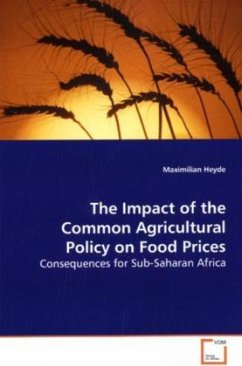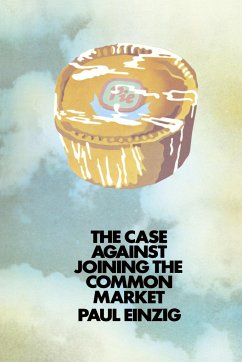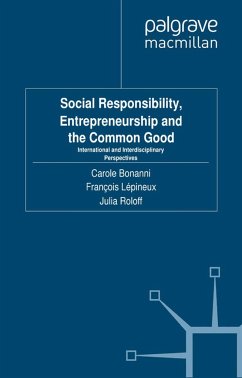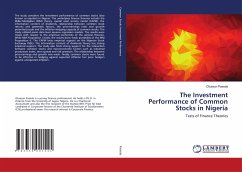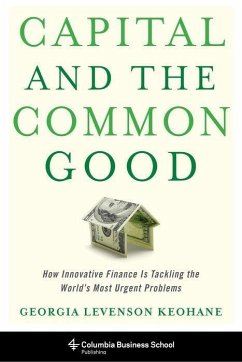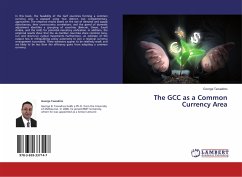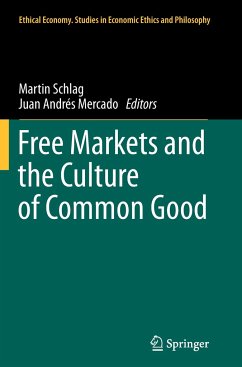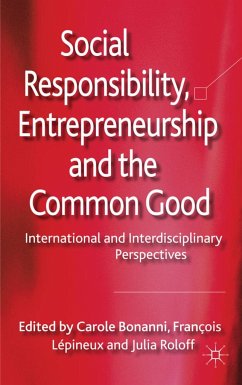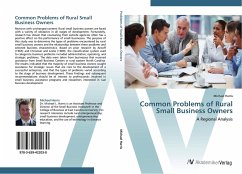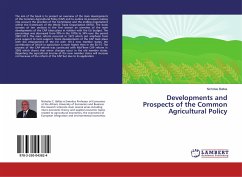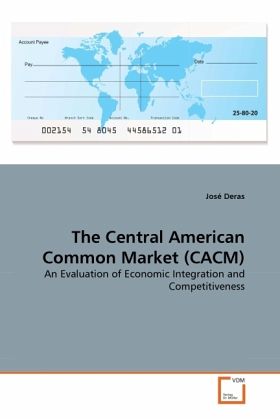
The Central American Common Market (CACM)
An Evaluation of Economic Integration and Competitiveness
Versandkostenfrei!
Versandfertig in 6-10 Tagen
52,99 €
inkl. MwSt.

PAYBACK Punkte
26 °P sammeln!
The international community has been seeking more effective ways to support development. Many believe that regional integration may be one way to achieve higher levels of development, with the European Union probably become the best example of integration. In this context, this book aims to assess the Central American Common Market (CACM) - not only with the aim of proposing improvements to aid competitiveness, but to simultaneously determine its effects on the welfare of the participants. Moreover, this book will help to systematize the historical evolution of economic integration in the regi...
The international community has been seeking more effective ways to support development. Many believe that regional integration may be one way to achieve higher levels of development, with the European Union probably become the best example of integration. In this context, this book aims to assess the Central American Common Market (CACM) - not only with the aim of proposing improvements to aid competitiveness, but to simultaneously determine its effects on the welfare of the participants. Moreover, this book will help to systematize the historical evolution of economic integration in the region, to identify the factors that best explain the recent growth of intraregional trade, to measure the effects on welfare, to understand the role played by the agricultural sector in integration, to evaluate the bloc's fiscal and monetary arrangements, and propose new arrangements that optimize the benefits for the CACM members. Therefore, this book offers useful information for universities, research centers, international organisations, economists associations, academic networks (e.g. SLAS and LACEA), independent consultants and researchers, and integration organizations.



